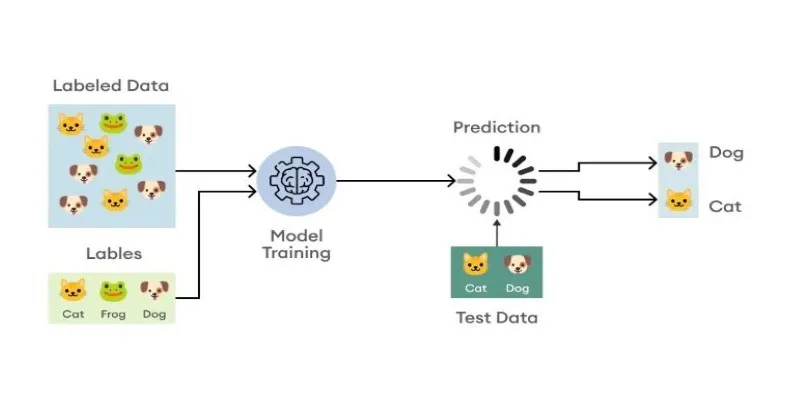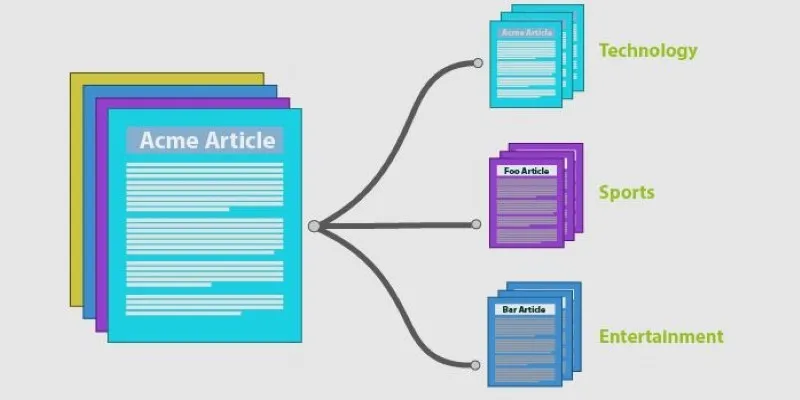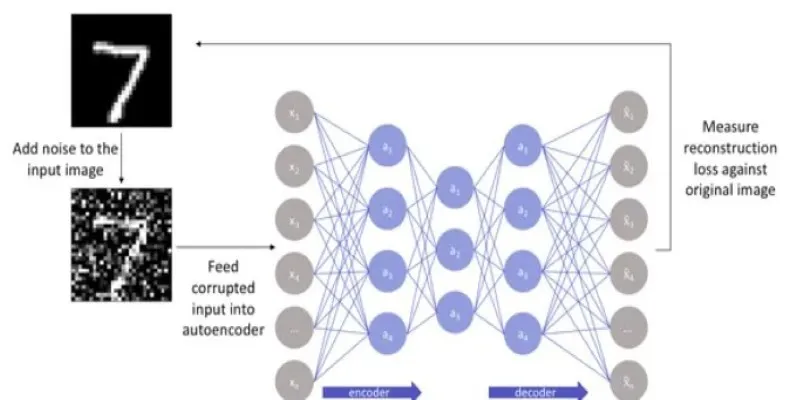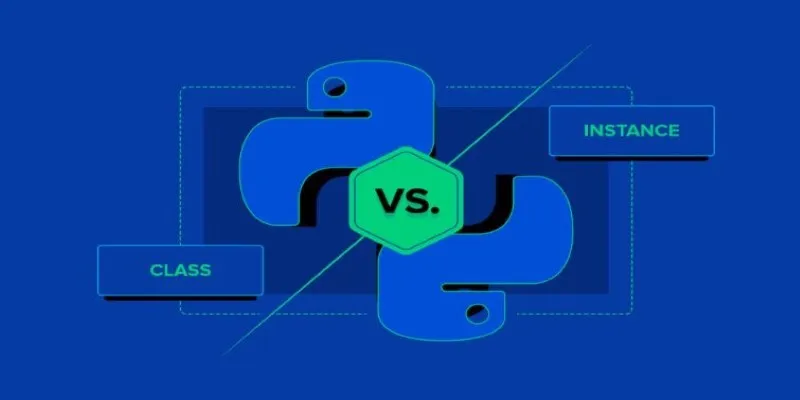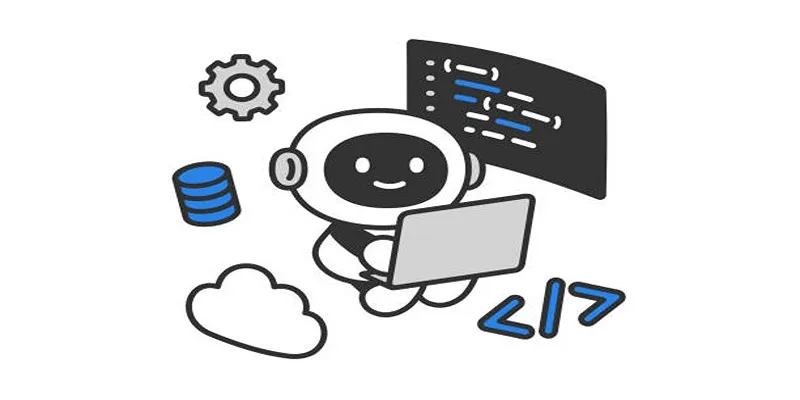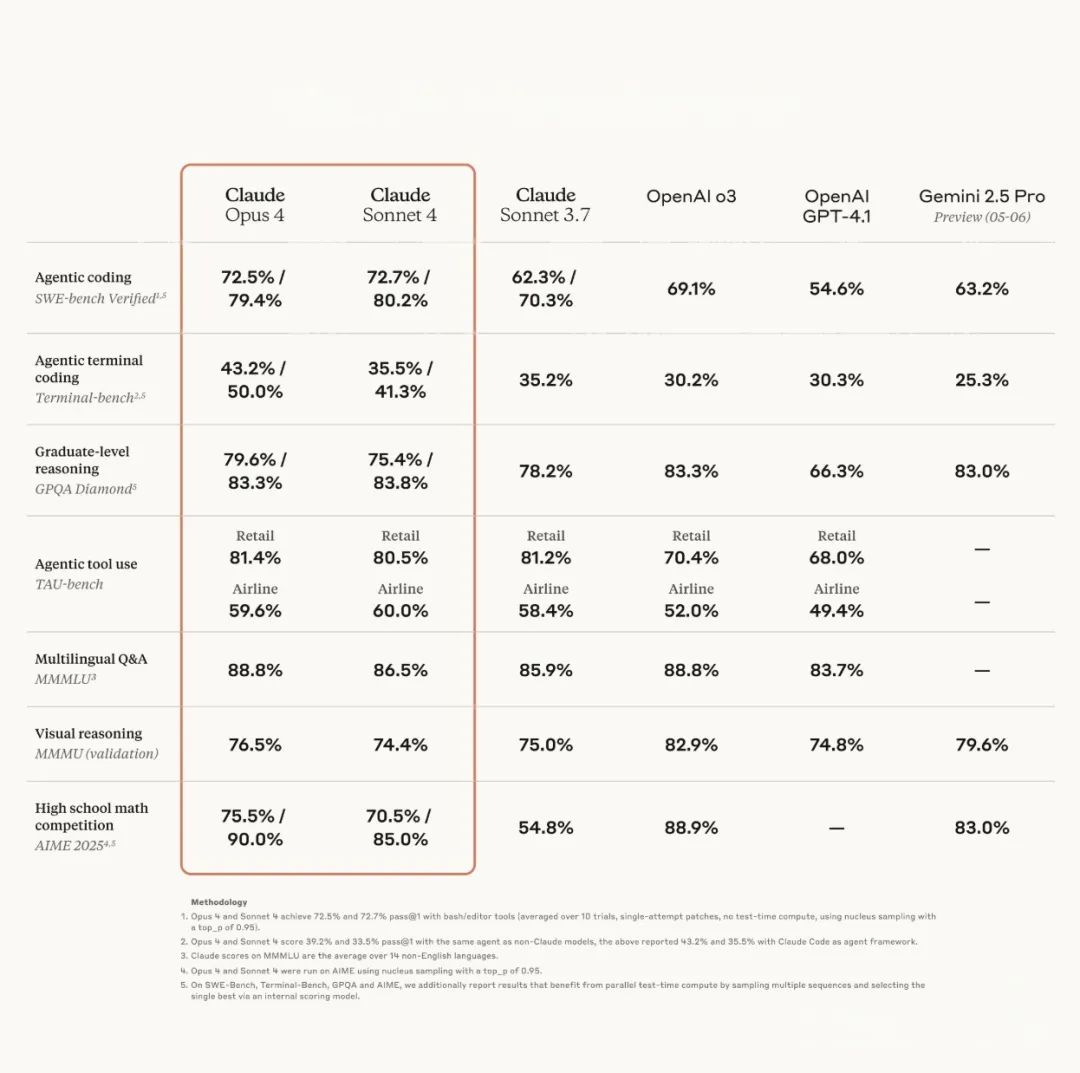Thanks to its power and versatility, TensorFlow has become a household name in artificial intelligence. Developed by Google, this open-source framework is a game-changer for anyone working with machine learning or deep learning. From training neural networks to powering cutting-edge AI applications, TensorFlow has helped bring innovative ideas to life across industries like healthcare, finance, and robotics.
Whether you’re an experienced developer or just starting in the world of AI, TensorFlow provides tools that make difficult tasks easier and enable you to build smarter, more effective solutions. In this article, we’ll explore what makes TensorFlow so special.
Understanding TensorFlow
TensorFlow is an open-source machine learning framework developed by Google. It enables developers to build, train, and deploy artificial intelligence models efficiently. At its core, TensorFlow handles numerical computations using data flow graphs. These graphs represent how data moves through a network of operations, making it highly scalable for everything from mobile applications to massive cloud-based systems.
One of TensorFlow’s key strengths is its versatility. It supports deep learning, a subset of machine learning that mimics the way human brains process information. With deep learning, computers can identify patterns, classify images, process speech, and even create text in a human-like fashion. TensorFlow enables users to develop and train these models with high-level APIs, making development easier.
TensorFlow’s efficiency contributes to its popularity. It utilizes GPUs and TPUs to accelerate computations, enabling faster and more accurate neural network training. Additionally, it supports multiple programming languages, including Python, C++, and JavaScript, making it more accessible to a wide array of developers across various platforms and uses.
TensorFlow is designed to be accommodating. Whether you are a novice venturing into machine learning for the very first time or a professional working on advanced AI applications, it offers tools relevant to varying levels of ability. This accommodating nature has led to its being an industry standard for AI projects across sectors.
How TensorFlow Is Used in the Real World?
TensorFlow is much more than just an academic tool—it’s a driving force behind many real-world applications across various industries. Companies from healthcare to finance are tapping into its power to enhance automation, improve decision-making, and create smarter solutions to everyday challenges.
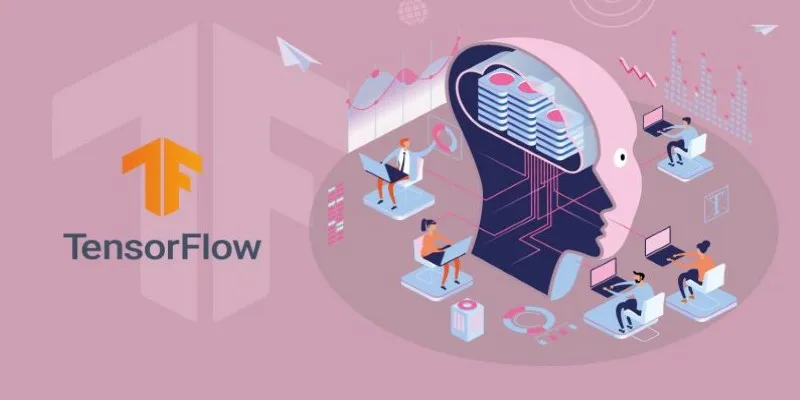
In healthcare, TensorFlow helps diagnose diseases and predict patient outcomes. AI models trained on medical images can detect conditions like cancer with remarkable accuracy, enabling doctors to make faster and more reliable diagnoses. It’s also used to analyze patient data, helping anticipate health risks and improve preventive care strategies.
In the financial sector, TensorFlow is instrumental in fraud detection and risk assessment. AI models analyze transaction patterns in real time, flagging suspicious activities that might indicate fraud. This allows banks and financial platforms to protect users and prevent financial crimes. Additionally, it’s used for stock market predictions, where AI algorithms assess historical data to identify trends and forecast future market movements.
Retailers benefit from TensorFlow through optimized customer experiences. AI- powered recommendation engines analyze shopping habits and preferences, suggesting products tailored to individual tastes. This technology powers personalized recommendations on platforms like Amazon and Netflix. It also helps manage inventory, reduce waste, and ensure products are available when needed.
TensorFlow is also a key player in the development of self-driving cars. Machine learning models process sensor data to detect objects, identify lane markings, and make real-time driving decisions, increasing road safety and efficiency.
In social media, TensorFlow enhances content moderation, filters inappropriate content, detects spam, and personalizes user feeds based on engagement patterns, ensuring users see relevant and safe content.
Why TensorFlow Stands Out?
TensorFlow stands out from other machine learning frameworks due to several key advantages. One of the most notable is its scalability. Whether running on mobile devices or large cloud-based servers, TensorFlow can be deployed across a range of platforms, ensuring seamless integration without major modifications. This flexibility makes it suitable for diverse applications.
Another significant feature is TensorFlow’s ease of use. While deep learning can be complex, TensorFlow simplifies the process with high-level APIs like Keras, enabling developers to focus on model design instead of dealing with low-level implementation details.
TensorFlow also benefits from strong community support. As an open-source project, it has a large and active network of contributors who continuously enhance its capabilities. Developers can access a wealth of resources, such as tutorials, documentation, and forums, to overcome challenges.
Additionally, TensorFlow supports distributed computing, allowing models to be trained across multiple machines, speeding up the training process, and handling large datasets effectively. TensorFlow Serving and TensorFlow Lite further enhance deployment flexibility, enabling businesses to integrate models into production systems or optimize them for mobile applications.
Finally, backed by Google, TensorFlow enjoys regular updates and security patches, making it a reliable and trusted tool for AI development across various industries.
The Future of TensorFlow and AI
The future of TensorFlow and AI is promising as the framework continues to evolve alongside advancements in neural networks, reinforcement learning, and generative AI. TensorFlow is at the forefront of developing generative models that can create realistic images, generate human-like text, and even compose music, offering researchers the tools to push AI boundaries.

Edge computing is another area where TensorFlow is making a significant impact. Models are now optimized to run on smaller devices, reducing reliance on cloud connectivity. This shift is particularly beneficial for industries like healthcare and autonomous systems, where real-time processing is vital.
Furthermore, TensorFlow is improving accessibility and education by offering simplified tools and pre-trained models, allowing more people to experiment with AI. As businesses embrace AI, TensorFlow will remain an essential tool, continually adapting to new challenges and empowering developers to create innovative solutions for a smarter, more efficient future.
Conclusion
TensorFlow has become a vital tool in AI development, providing a scalable framework for machine learning across various industries. Its ability to simplify complex tasks, handle large computations, and support sectors like healthcare and finance makes it indispensable. With ease of use and strong community backing, TensorFlow remains central to AI innovation. As technology advances, it will continue empowering developers to create efficient, reliable AI solutions, transforming ideas into impactful applications for research, business, and daily life.
 zfn9
zfn9










